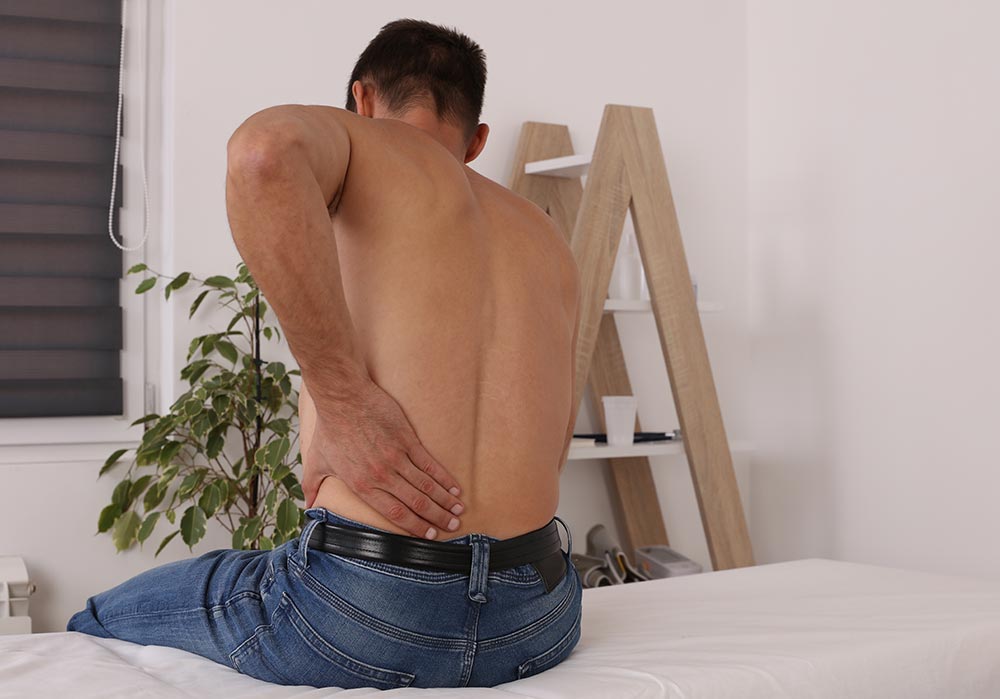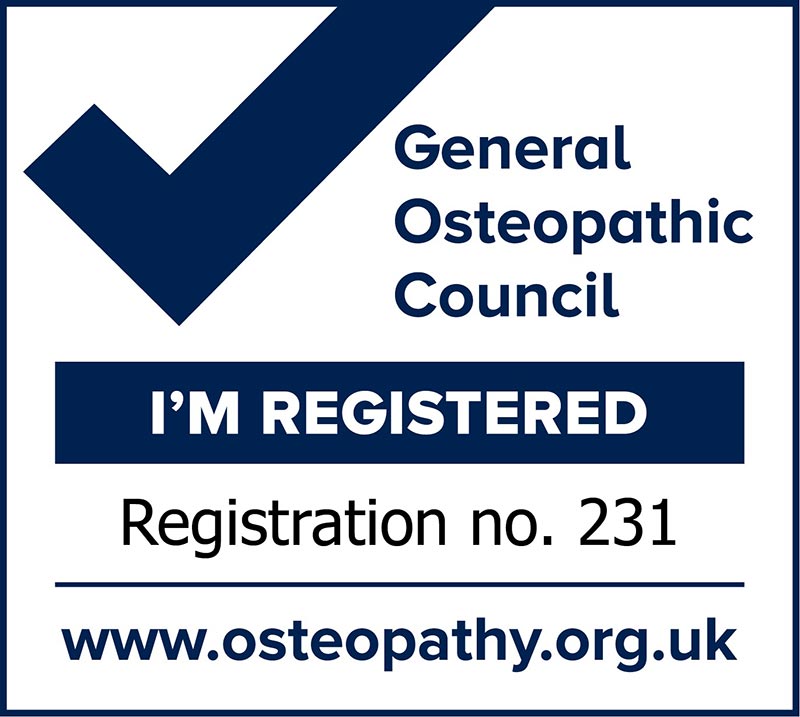
Osteopathy is a form of manual medicine, which recognises the important link between the structure of the body and how it functions. Osteopaths assist healing by focusing on how the skeleton, joints, muscles, nerves, circulation and connective tissue function together as a holistic unit.
Through skilled evaluation, diagnosis and a wide range of hands on techniques, osteopaths are able to identify the important types of dysfunction in your body. Osteopathic treatment uses techniques such as stretching and massage for general treatment of the soft tissues (muscles, tendons and ligaments) along with mobilisation and manipulation of specific joints and soft tissues using direct or indirect techniques.
What to expect at your first appointment
Osteopaths are highly trained professionals who are skilled in diagnosing health issues, including those which may require further investigation.
During the first consultation I will ask questions about your problem and symptoms. I may also ask about previous injuries, your medical history, any medications that you are taking, or other factors that may not appear to be directly related to your problem.
A full osteopathic examination will follow, and if necessary, clinical tests. This may involve diagnostic, orthopaedic or neurological tests, postural assessment and activities or exercises, which will help us determine how best to manage your condition.
If further tests are indicated I will refer you. At the end of the consultation I will suggest a treatment plan and options which we can discuss to ensure the best outcome for your individual needs. Your treatment may begin at your first appointment.
Osteopathy takes a holistic approach to treatment, I may look at other parts of your body, as well as the area that is troubling you. For example if you have knee pain I may look at your ankle, pelvis and back. Osteopathy is a form of manual therapy, so hands on treatment may include direct treatment, massage, mobilisation, manipulation and/or indirect treatment including cranial/cranial sacral therapy.
After treatment some people may feel tired and may experience soreness for a day or two after treatment this is called a treatment reaction and usually subsides within one to two days.
Depending on the area being examined it may be necessary to undress down to your underwear, please bring shorts to wear a gown can be provided. Please speak to me if you are uncomfortable in any way. I will exercise care to make you as comfortable as possible.
